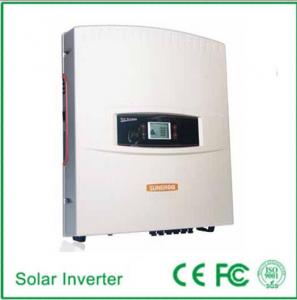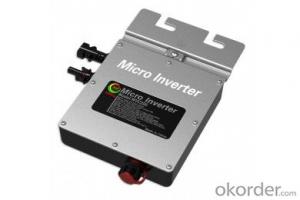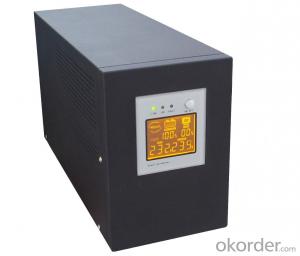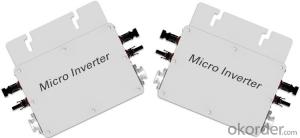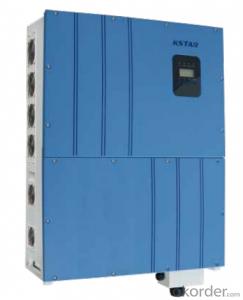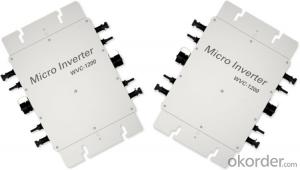Kaco Solar Inverter
Kaco Solar Inverter Related Searches
Sako Hybrid Solar Inverter K Solar Inverter Kw Solar Inverter Kstar Solar Inverter Eko Solar Inverter Jinko Solar Inverter Temco Solar Inverter Schuco Solar Inverter Go Solar Inverter Satcon Solar Inverter Ecco Solar Inverter Eco Solar Inverter Go Power Solar Inverter 1 Kva Solar Inverter Ta Solar Inverter Solar Solar Inverter Renovo Solar Inverter Smart Solar Inverter Inverter For Solar Inverter Solar Ja Solar Inverter 1kw Solar Inverter Smart Inverter Solar Solar Smart Inverter Pika Solar Inverter Rack Mount Solar Inverter Lumos Solar Inverter Power Solar Inverter Mac Solar Inverter Solar Inverter 1kwKaco Solar Inverter Supplier & Manufacturer from China
Kaco Solar Inverter is a line of high-quality solar inverters designed to optimize the performance of solar energy systems. These inverters are engineered to convert the direct current generated by solar panels into alternating current, which can be used by homes and businesses. They are known for their efficiency, reliability, and advanced features that ensure maximum energy yield from solar installations.The Kaco Solar Inverter is widely used in various applications, including residential, commercial, and utility-scale solar projects. These inverters are suitable for different types of solar panel configurations and system sizes, making them a versatile choice for a range of solar energy needs. They are designed to withstand harsh environmental conditions and provide long-term performance, ensuring a reliable energy supply from solar power systems.
Okorder.com is a reputable wholesale supplier of Kaco Solar Inverter products, offering a vast inventory to cater to the needs of various customers. With a commitment to quality and customer satisfaction, Okorder.com ensures that the Kaco Solar Inverter products are available at competitive prices and with efficient delivery options. This makes Okorder.com a preferred choice for those seeking to purchase Kaco Solar Inverters for their solar energy projects.
Hot Products
